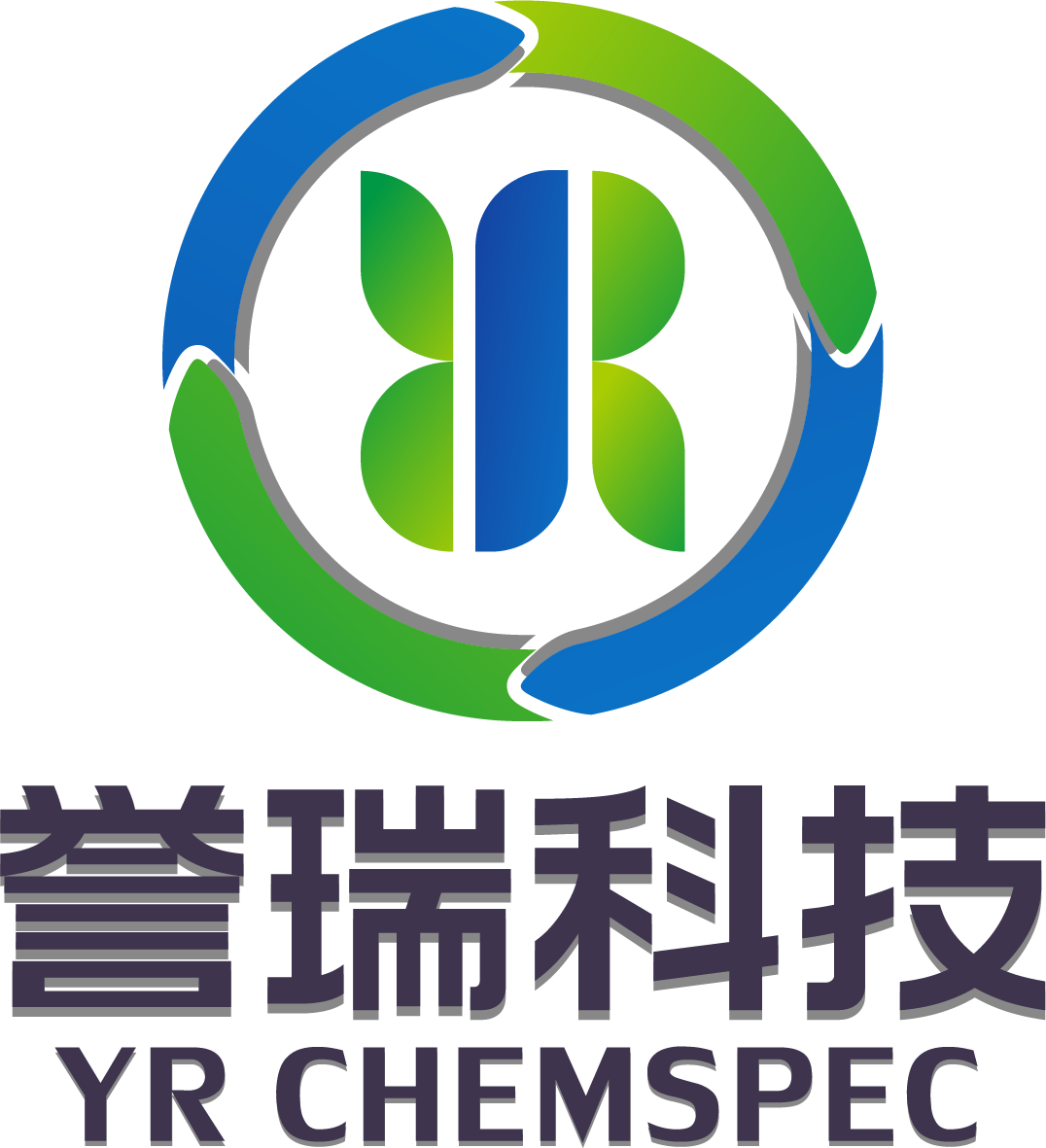The global skincare market is projected to reach USD 189.3 billion by 2025, with a growing emphasis on ingredient efficacy and safety. Within this expanding industry, Ascorbyl Glucoside has gained attention for its stability and skin brightening properties, making it a desirable alternative to more volatile Vitamin C derivatives. However, the journey of Ascorbyl Glucoside from its manufacturing hubs in China to various international markets has been fraught with challenges that impact quality and availability. According to a recent report by the International Cosmetic Ingredient Review, over 75% of cosmetic products in the global market now highlight the importance of ingredient origin and purity, further complicating supply chain dynamics. As brands strive to meet consumer demand for high-quality and safe products, the issues surrounding Ascorbyl Glucoside supply chains underscore the necessity for stringent quality controls and transparent sourcing practices in an increasingly competitive landscape.

As the demand for Ascorbyl Glucoside continues to rise due to its efficacy as a stable vitamin C derivative in cosmetics and pharmaceuticals, sourcing this ingredient presents unique challenges. Recent industry reports indicate that the global demand for Ascorbyl Glucoside has increased by 15% in the last year alone, leading to heightened pressure on supply chains. Key issues include ensuring consistent quality and compliance with international standards, as variations in sourcing can result in significant discrepancies in purity and efficacy.
To mitigate these sourcing challenges, companies should prioritize building strong relationships with suppliers who have proven track records. Regular audits and quality checks are essential to ensure that the Ascorbyl Glucoside being sourced meets stringent specifications. According to a 2022 survey by the Cosmetic Ingredient Review, 60% of manufacturers cited supply chain inconsistencies as a critical issue impacting their product quality. Implementing an effective quality control system can help address these discrepancies and maintain product integrity.
Tips:
 The global supply chain disruptions have significantly impacted the production and availability of
Ascorbyl Glucoside, a popular ingredient in cosmetics and skincare.
As noted in recent reports, companies have faced challenges in sourcing raw materials, leading to
delays and inflated costs. The effects of these disruptions
are becoming increasingly apparent as manufacturers struggle to meet the growing demand for this ingredient,
which is expected to play a crucial role in enhancing product efficacy in the beauty industry.
The global supply chain disruptions have significantly impacted the production and availability of
Ascorbyl Glucoside, a popular ingredient in cosmetics and skincare.
As noted in recent reports, companies have faced challenges in sourcing raw materials, leading to
delays and inflated costs. The effects of these disruptions
are becoming increasingly apparent as manufacturers struggle to meet the growing demand for this ingredient,
which is expected to play a crucial role in enhancing product efficacy in the beauty industry.
In the broader context of market projections, the U.S. hot sauce market is anticipated to reach a value of
$1.0956 billion by 2024. This growth trajectory is indicative of a
broader trend in the food sector, where products rich in antioxidants, like those containing Ascorbyl Glucoside,
are gaining popularity among health-conscious consumers. As brands scramble to secure ingredients amidst these
supply chain issues, it remains essential for stakeholders to adapt their strategies, ensuring that they can
not only maintain production but also respond to evolving consumer needs effectively while navigating these
turbulent supply chain waters.
The increasing demand for Ascorbyl Glucoside, a popular Vitamin C derivative, has brought attention to the quality assurance standards in Chinese manufacturing. As more cosmetic and skincare companies source this ingredient globally, ensuring the integrity and efficacy of Ascorbyl Glucoside becomes crucial. Chinese manufacturers must adhere to stringent quality protocols to meet international standards, which often vary significantly from one region to another.
One of the key challenges is the lack of uniformity in quality assurance practices across different manufacturers. While some facilities maintain high standards and certifications such as ISO and GMP, others may not, leading to inconsistencies in product quality. This discrepancy can result in batches of Ascorbyl Glucoside that vary in potency and purity, ultimately affecting the end consumer's experience. It’s imperative for brands to conduct thorough audits and establish strong relationships with suppliers who prioritize quality control.
Additionally, the complexity of global supply chains can further complicate quality assurance. With various intermediaries involved—from raw material suppliers to freight handlers—the risk of contamination and degradation increases. To mitigate these risks, companies need to implement robust testing protocols at multiple stages of the supply chain, ensuring that Ascorbyl Glucoside maintains its intended properties from production to delivery. This diligence will not only enhance consumer trust but also uphold the reputation of manufacturers in the competitive global market.
Ascorbyl glucoside, a stable and effective form of vitamin C, has been experiencing a surge in market demand driven by the rising popularity of skincare products that emphasize clean and sustainable ingredients. According to a report by Grand View Research, the global skincare market is expected to reach $183 billion by 2025, with a significant portion of consumers leaning towards natural antioxidants like ascorbyl glucoside. This trend is particularly evident among millennials and Gen Z consumers who prioritize products that are both effective and environmentally friendly.
Recent insights from a survey conducted by Statista show that over 60% of consumers are willing to pay a premium for products containing high-quality, natural ingredients. This increasing consumer awareness and preference has put pressure on manufacturers to ensure the availability of ascorbyl glucoside in their formulations. However, challenges in sourcing this ingredient from reliable suppliers can lead to fluctuations in market availability, ultimately impacting product pricing and consumer satisfaction. Consequently, understanding these market dynamics is vital for industry stakeholders looking to capitalize on the growing demand for this potent ingredient.

The global supply chain for ascorbyl glucoside has faced significant challenges, particularly in light of recent disruptions driven by geopolitical tensions and pandemics. Companies are finding it increasingly crucial to leverage technology to enhance resilience and efficiency in sourcing this vital ingredient, widely recognized for its antioxidant properties and use in cosmetics and food industries. According to a recent industry report by Grand View Research, the global demand for ascorbyl glucoside is projected to grow at a CAGR of 7.4% from 2023 to 2030, emphasizing the need for innovative supply chain solutions to meet this rising demand.
Integrating advanced technologies such as blockchain, IoT, and AI can revolutionize supply chain operations for ascorbyl glucoside. Blockchain can provide transparency and traceability, reducing the risk of fraud and ensuring the quality of ingredients. IoT devices can automate inventory management, allowing companies to monitor stock levels in real-time. Furthermore, AI can help predict demand fluctuations, enabling proactive adjustments to supply chains.
**Tips:** To maximize efficiency, businesses should consider implementing a centralized data management system to streamline communication across supply chain partners. Additionally, diversifying suppliers can mitigate risks associated with market volatility, ensuring a steady supply of ascorbyl glucoside despite external challenges. Investing in sustainable practices not only bolsters reputation but may also lead to cost savings in the long term.
| Dimension | Details | Impact on Supply Chain | Technological Solutions |
|---|---|---|---|
| Sourcing Issues | Difficulty in finding reliable suppliers for high-quality ascorbyl glucoside. | Delays in production schedules and increased costs. | Supply Chain Visibility Platforms |
| Quality Control | Inconsistencies in the quality of sourced materials. | Increased returns and damage to reputation. | Blockchain for Authenticity Tracking |
| Logistical Challenges | Transport delays due to port congestions and customs regulations. | Higher shipping costs and extended lead times. | AI-Driven Route Optimization |
| Regulatory Compliance | Varying regulations across different regions for cosmetic ingredients. | Risk of non-compliance penalties or product recalls. | Regulatory Intelligence Software |
| Market Demand Fluctuations | Variability in consumer demand affecting inventory levels. | Stockouts or excess inventory scenarios. | Demand Forecasting Analytics |
